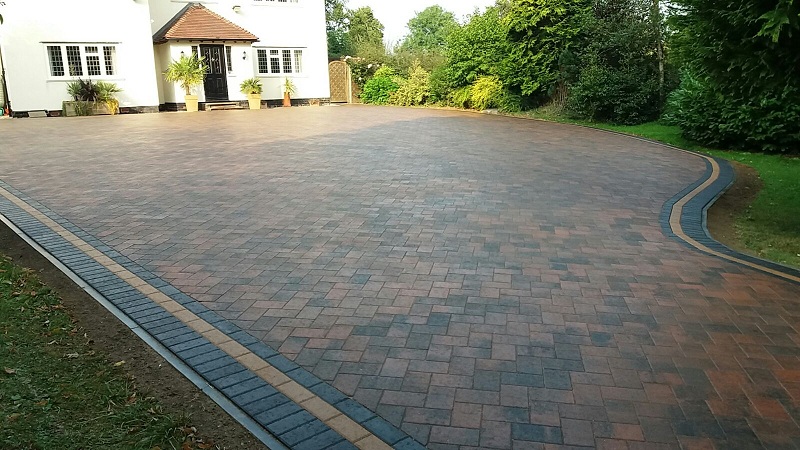As robotic technology continues to reshape the way we maintain our homes and gardens, one area seeing rapid innovation is automated lawn care. Mowing robots, once considered luxury gadgets, are now widely adopted by homeowners seeking convenience, consistency, and efficiency. But while flat, open yards are easy work for most models, the real test lies in navigating complex lawns—those with obstacles, irregular boundaries, and steep slopes. How exactly do mowing robots manage these challenges?
Obstacle Detection: Smarter Than You Think
Modern mowing robots are equipped with a range of sensors—ultrasonic, infrared, or bump sensors—that help them identify and react to physical barriers like trees, garden furniture, toys, and more. When a robot senses an object, it adjusts its route, either by stopping, reversing, or changing direction.
Advanced models even use machine learning algorithms to “remember” recurring obstacles and refine their paths over time, minimizing collisions and improving coverage. Some devices come with virtual mapping technologies, allowing users to define “no-go zones” via smartphone apps. This ensures the robot stays away from delicate flower beds or children’s play areas without the need for physical boundaries.
Terrain Adaptation: More Than Just Wheels
Beyond simple navigation, handling uneven terrain requires mechanical and software sophistication. The majority of mowing robots are stable on uneven terrain thanks to their big, treaded wheels and low center of gravity. The wheelbase and motor coordination allow for subtle adjustments as the robot moves, enabling it to traverse mild hills and shallow dips without tipping over.
Suspension systems and adaptive speed control help further improve terrain response. When a robot climbs a slope, it may automatically reduce speed to maintain grip and balance. Conversely, on flat surfaces, it increases pace for faster mowing.
Tackling Slopes: Engineering on an Incline
One of the main obstacles for any self-sufficient mower is slopes. To address this, manufacturers design robots with powerful motors and robust traction systems that can handle inclines typically up to 30-45%. The key lies in the combination of hardware strength and intelligent slope detection.
The robot’s angle with respect to the ground is continuously measured by inclinometers and gyroscopic sensors. When a steep slope is detected, the mower compensates by distributing power accordingly, preventing slippage or rollbacks. In some models, the software will even restrict mowing on sections that exceed safe incline limits, avoiding potential mechanical strain or accidents.
This is where the role of the lawn mower electric motor becomes vital. A high-torque electric motor ensures consistent blade speed and wheel movement even under heavy load or when climbing inclines, enabling the robot to perform reliably without overheating or stalling.
Edge Handling and Boundary Awareness
In complex lawns, sharp turns and non-linear boundaries can confuse lesser-equipped robots. Most robotic mowers use guide wires or boundary wires installed around the perimeter to stay within limits. When the mower detects the signal from these wires, it knows it has reached the edge and changes direction accordingly.
Higher-end models may use GPS and real-time kinematic positioning to enhance boundary detection without physical wiring. This not only improves setup convenience but also provides greater flexibility for dynamic landscapes where lawn shapes might change due to seasonal planting or landscaping projects.
Learning and Optimization Over Time
Another impressive feature is how robotic mowers learn from experience. With repeated use, some models map the lawn more efficiently, recognizing areas that grow faster or need extra attention. They may also alter mowing paths to avoid repetitive wear on the grass, creating a healthier and more evenly cut yard.
Software updates often add new capabilities, improve obstacle recognition, and optimize route planning, meaning the mower gets better over time. Integration with smart home systems allows users to schedule mowing based on weather forecasts or grass growth data, ensuring optimal performance with minimal manual input.
Conclusion
Navigating a complex lawn full of obstacles and slopes is no small feat, but modern mowing robots are up to the task. With intelligent sensors, adaptive motors, and evolving software, these machines can handle everything from rocky terrain to tight corners. Whether your yard features flower beds, garden statues, or sloping paths, robotic lawn mowers offer a smart, efficient, and low-effort solution to keep your lawn looking its best—no sweat required.





